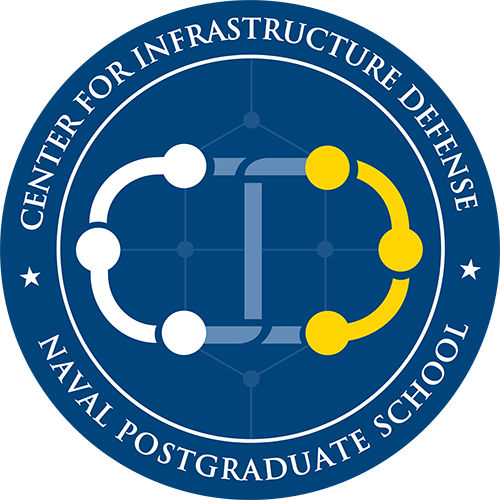Surprise Theory - Center for Infrastructure Defense
Surprise Theory
Existing civil and military infrastructure is typically built and maintained to risk-based design standards in which expenditures are prioritized according to estimates of probability-weighted consequences of failure or overload. As a result, surprise in these systems can occur when rare and extreme events challenge infrastructure with loadings that are impossible or uneconomical to protect against. Because surprise is triggered when experiences contradict beliefs, surprise signals the necessity of identifying misconceptions and updating expectations. While surprise is almost always considered dangerous for infrastructure, constructive adaptation to surprise can result in learning that improves system protection and performance. Nonetheless, experience has shown that infrastructure managers, emergency responders, and decision-makers remain challenged by surprise. Existing research on surprise identifies both the cognitive preconditions and the emotional characteristics of surprise but provides little guidance on training techniques for more effective responses. This paper reframes how surprise is understood in infrastructure applications by synthesizing research from psychology, education, environmental risk analysis, and artificial intelligence to describe how surprise works, where it originates, and how it can lead to both negative and positive outcomes in socio-technical infrastructure systems. We differentiate normal variation from situational surprise, and fundamental surprise, and the beliefs that call for correction in each case. We then identify common sources of surprise in infrastructure systems and distinguish between the sensing, anticipating, adapting, and learning processes that constitute a constructive response -- versus maladaptive shock. Finally, we hypothesize that training in the early recognition of and response to surprise will improve adaptation by identifying and accelerating the necessary knowledge creation.


